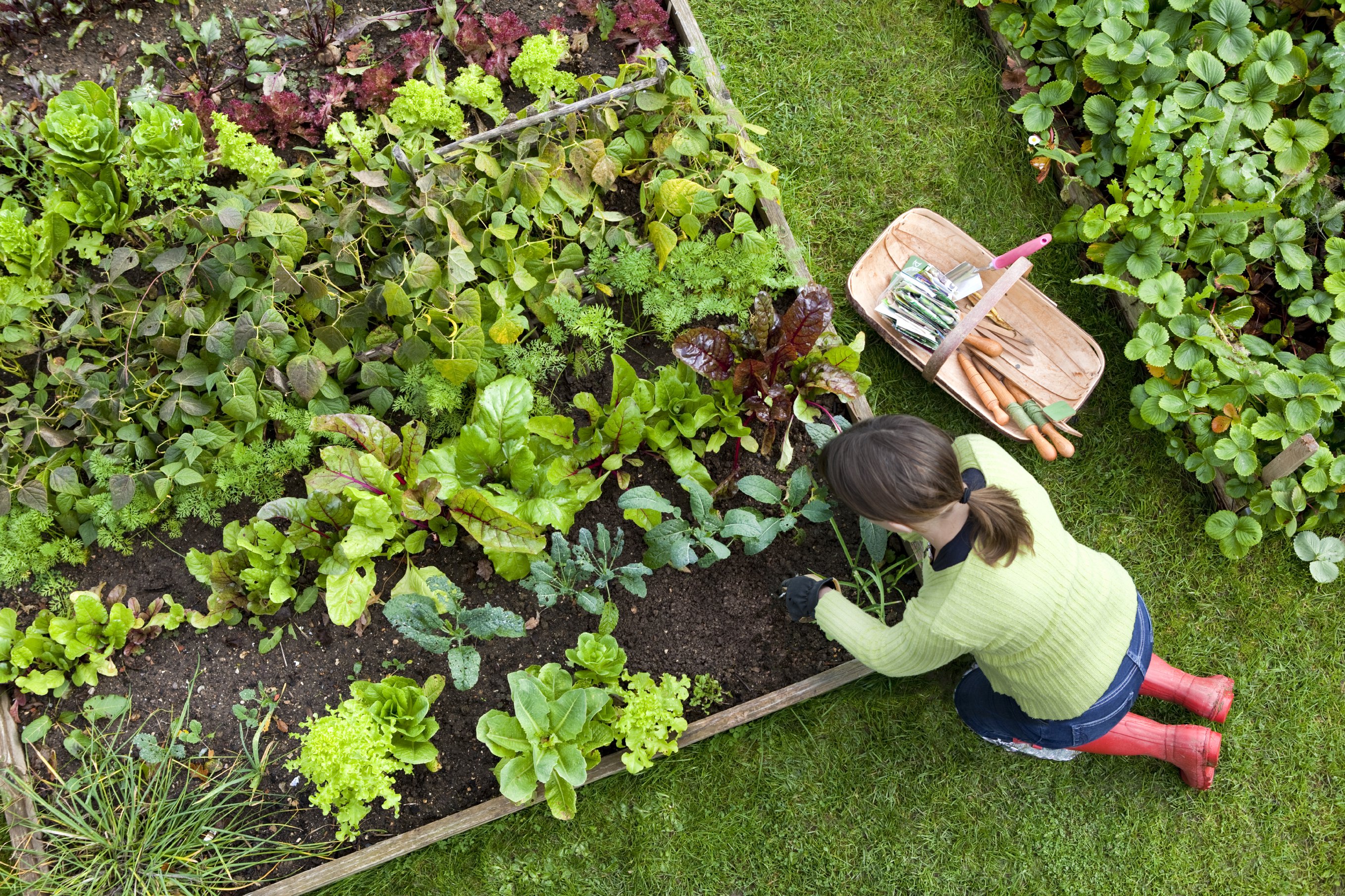
When it comes to gardening, this pastime has a lot to offer us. For starters, gardening is a good way to feed yourself, as you can grow a wide variety of fruits and vegetables. You could, instead, grow a collection of beautiful flowers. Gardening is also quite a relaxing hobby akin to painting. Perhaps best of all is that it provides you with an opportunity to nurture life.
Gardening is also fairly simple, so you don’t really need a green thumb to get your garden growing. You’ll just to know a few things first and buy the right equipment. Here are some suggestions to get you started.
First and foremost, you’ll need to take note of when to grow which plants. Plants tend to be seasonal with few exceptions, so knowing when to plant, and when to harvest, various plants is essential to maintaining a garden. This, of course, varies from plants to plants, with the exception of Winter which is inhospitable across the board for the most part. For example, jalapenos and other peppers grow best in Summer because they are native to warmer clients. Knowing what seasons correspond to which plants is key, so you’ll want to do research for each specific plant you want. In the same vein, you’ll want also want to make sure your plants get the right amount of sunlight. This doesn’t simply mean enough sunlight, because you can also give a plant too much sunlight. Again, this will vary from plant to plant, and plants native to warmer climates will need more sunlight, as an example. The same applies to watering your plants. Warm climate plants will need less water, sometimes very little, as they are native to a climate where there is very little water, such as cacti.
Next, let’s talk about gear. It’s important to note up front that you can get most of this just about anywhere, like a department store such as Kohl’s, so you should be able to easily get your hands on these items. For starters, you’re going to need some planters. The key here is to make sure these planters have holes in the bottom for drainage purposes, or you will drown your plants. You could make holes yourself if you have to, but this doesn’t work as well with ceramic pots that are prone to cracking. You may also want fertilizer, such as Miracle-Gro, but this is optional in most cases. You’ll also want to invest in potting soil, as different plants require different minerals in the soil, and much of the work is done for you using potting soil. While a watering can isn’t strictly necessary, it does provide a way to water your plants more evenly. Know that you can engineer your own by putting holes in the cap of a water jug, for example.
